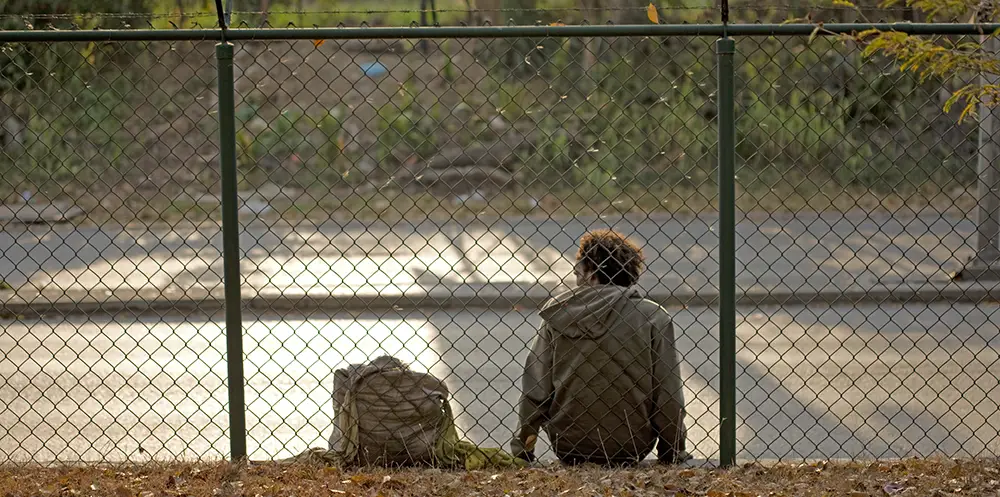Runaway Behaviors
According to a study from the National Center for State Legislatures, 1.5 million children and adolescents run away each year.
Whether a child is gone for a night or a week, running away is a serious issue that should be addressed immediately. When a child’s whereabouts are unknown, the adults responsible for them cannot provide for their well-being and high-risk behaviors and victimization are more likely to occur in runaway scenarios.
Whether your child is a chronic runaway, or they’ve recently run away for the first time, children generally run away either to escape something, such as family problems, or to pursue something, such as drugs, a relationship or a sense of belonging in a group away from home.
These tips can help parents effectively interrupt new or chronic runaway behavior.
- Ensure curfew expectations are well defined.
- Curfew times and check-in expectations should be specific, for example:
- Be home by 8:30 on school nights
- Check-in via text after arriving at a friend’s house and every two hours until you return home
- If you change locations, text to let me know.
- There may be differences on weekdays and weekends but be sure to outline those specifically.
- Identify transportation plans for when your child is in the community, as that is sometimes a barrier for children meeting curfew expectations
- Curfew times and check-in expectations should be specific, for example:
- Know the who, what, when, where and why behind your child’s plans.
- When plans are made, gather information about who will be present (including the adults responsible for supervision), where the plans will be taking place, and when.
- Get to know peers.
- This goes beyond learning the first names of your child’s friends. Get their full name, address, caregivers names, etc.
- Increase your knowledge related to your child’s social media use.
- Most runaway events are planned, and technology is the easiest way for a child to plan the event. Review your child’s social media – who do they talk to, who are they meeting up with most frequently, what locations are they checking into and posting from?
- If you’re unfamiliar with social media, ask or do some research. New programs are developed often, so it is important to stay up to date.
- To learn more about this topic read: How to Keep My Kids Safe Online
Running away is often a pattern of behavior and these tips can help interrupt the instances of running away.
Resources:
National Center for Missing & Exploited Children
National Runaway Safeline

